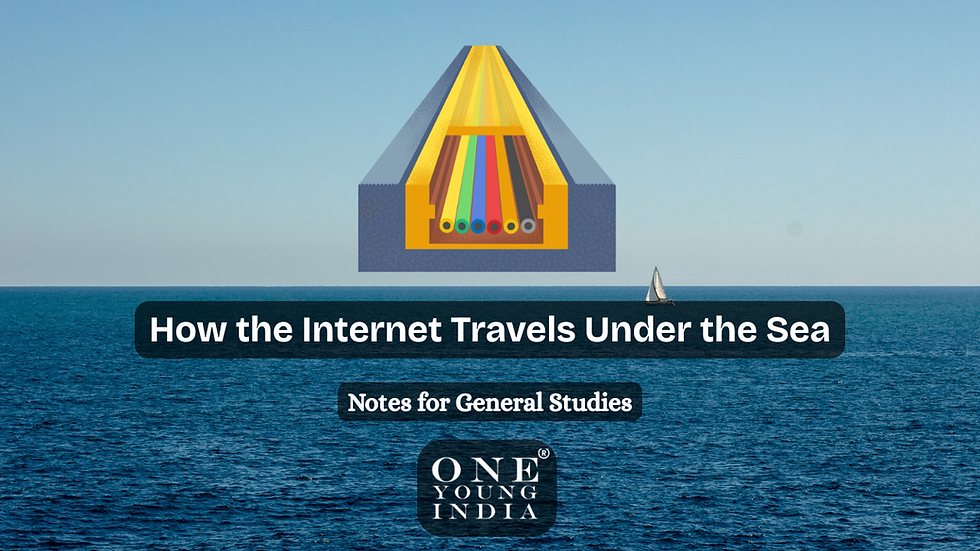How Did We Go from Hunter-Gatherers to Instagram Influencers?
- One Young India

- Aug 1
- 4 min read
Roughly 300,000 years ago, early Homo sapiens roamed African grasslands, surviving on foraged berries, wild roots, and hunted game. They lived in tight-knit groups, told stories by firelight, and tracked stars by instinct.
Fast forward to 2025: someone is doing a TikTok dance in their kitchen, going viral to millions of strangers, monetizing their personal brand while algorithmic feeds dictate the rhythm of global culture.

What happened in between?
How did humanity evolve from hunter-gatherers living hand-to-mouth to digital-age creators chasing likes, followers, and virality? This blog traces the sweeping arc of human development—from survival-driven tribes to social media influencers—and unpacks what this journey says about us.
1. The Hunter-Gatherer Era: Survival and Simplicity
1.1 Life Before Agriculture
For 95% of human history, we lived as nomadic hunter-gatherers. Small bands roamed vast landscapes, living off the land. There were no cities, no states, no social media. Yet these early humans were not primitive in mind:
They had complex languages
Made symbolic art
Buried their dead with rituals
Knew plants, stars, and seasons intimately
Despite lacking technology, their brains were as sharp as ours.
1.2 The Original Social Network
Communication was face-to-face, and community was everything. Storytelling, dance, and music were the “TikTok” of the time—shared for bonding, memory, and education.
Our craving for stories, performance, and group attention isn’t new—it’s ancient.
2. The Agricultural Revolution: Settling and Specializing
2.1 From Foraging to Farming
Around 10,000 years ago, humans began domesticating plants and animals. This revolution:
Allowed population growth
Led to permanent settlements
Gave rise to surplus food—and with it, social classes
This was the first major step away from nature’s rhythms toward human-made systems.
2.2 The Birth of Hierarchy and Identity
With agriculture came property, kings, priests, and professions. People began to:
Define themselves by roles (farmer, warrior, artisan)
Compete for status within complex hierarchies
Seek validation and legacy beyond survival
This shift planted the seeds of performance, identity, and comparison—traits that echo in today’s online personas.
3. The Urban Age: Cities, Culture, and Mass Influence
3.1 The Rise of Civilization
Cities like Uruk, Thebes, and Mohenjo-Daro appeared. Writing emerged. Religion and art flourished. Theater was born.
For the first time, influence wasn’t just local—it could spread through religion, politics, and performance. Emperors, philosophers, and entertainers gained fame without ever meeting most of their audience.
In many ways, ancient orators were the influencers of their day.
3.2 The Power of Spectacle
The Roman Colosseum. Chinese opera. Indian dance epics. These cultural platforms existed not just to entertain, but to shape thought and behavior.
Public attention became a currency. The more eyes on you, the more power you had.
4. The Print and Broadcast Revolutions: Scaling Influence
4.1 Gutenberg to Hollywood
The printing press (15th century) supercharged human expression. Ideas could travel without the speaker present.
By the 20th century, radio, film, and TV turned storytelling into spectacle:
Celebrities emerged
Advertising took root
Culture became globalized
The human craving for recognition, performance, and identity found mass expression. Entire industries were built on curated personalities.
4.2 Identity Goes Public
From newspapers to broadcast TV, media shaped the idea that some lives were meant to be watched. For the first time, people aspired not only to be, but to be seen.
5. The Internet and Social Media Explosion
5.1 Everyone Becomes a Broadcaster
The internet democratized content. No longer did you need a studio or publisher—just a connection.
Then came YouTube. Then Instagram. Then TikTok.
Now, anyone could:
Build a personal brand
Curate a digital identity
Reach millions without leaving home
This is not a glitch in human evolution—it’s a natural extension of our oldest instincts.
5.2 The Algorithm as Chief
Where once tribal elders or religious leaders influenced social norms, today it’s algorithms. These invisible gatekeepers decide:
What trends
What gets rewarded
Whose voice gets amplified
The TikTok “For You” page is the campfire of the modern tribe—only it’s global, addictive, and ever-shifting.
6. The Psychology of Influence: Why We Perform
6.1 Ancient Needs, Modern Platforms
Influencers aren’t just chasing fame—they’re tapping into primal needs:
Belonging
Status
Validation
Expression
Our brains evolved to thrive in small communities of 50–150 people. Now we live in digital villages of thousands—or millions.
We still seek approval. Only now, it’s measured in likes and follows.
6.2 Performance as Identity
In the digital age, you don’t just have an identity—you perform it.
Each post is a micro-performance, signaling who we are, what we value, and how we want to be seen. This doesn’t mean it’s fake—it means we’ve become hyper-conscious of our audience.
Just like ancient bards and storytellers, we craft our image for applause.
7. What Does This Evolution Mean?
7.1 We’ve Always Been Storytellers
From cave paintings to viral memes, humans have always sought meaning through narrative and performance. TikTok is not a departure from our past—it’s a reinvention of it.
What’s changed is the scale, speed, and saturation.
7.2 We’re Still Figuring It Out
Never before has so much attention been up for grabs. Never before have so many people wanted to be watched.
We’re navigating new territory:
Digital burnout
Privacy erosion
Authenticity vs. performance
Monetizing the self
But underneath it all, we’re the same: humans with old brains, ancient instincts, and new tools.
Conclusion: From Spears to Screens
The journey from hunter-gatherers to TikTok influencers may seem extreme. But zoom out, and it becomes a story of human adaptability.
We are:
The same creatures who once followed mammoth herds
The same minds that painted on cave walls
The same hearts that danced around fire
Now dancing for cameras, chasing virality, telling stories to strangers
In every age, humans sought connection, meaning, and recognition.
The platforms may have changed. The instincts have not.
The influencer isn’t an evolutionary anomaly. They’re the latest face of an ancient story.
And we’re still writing it—one post at a time.



